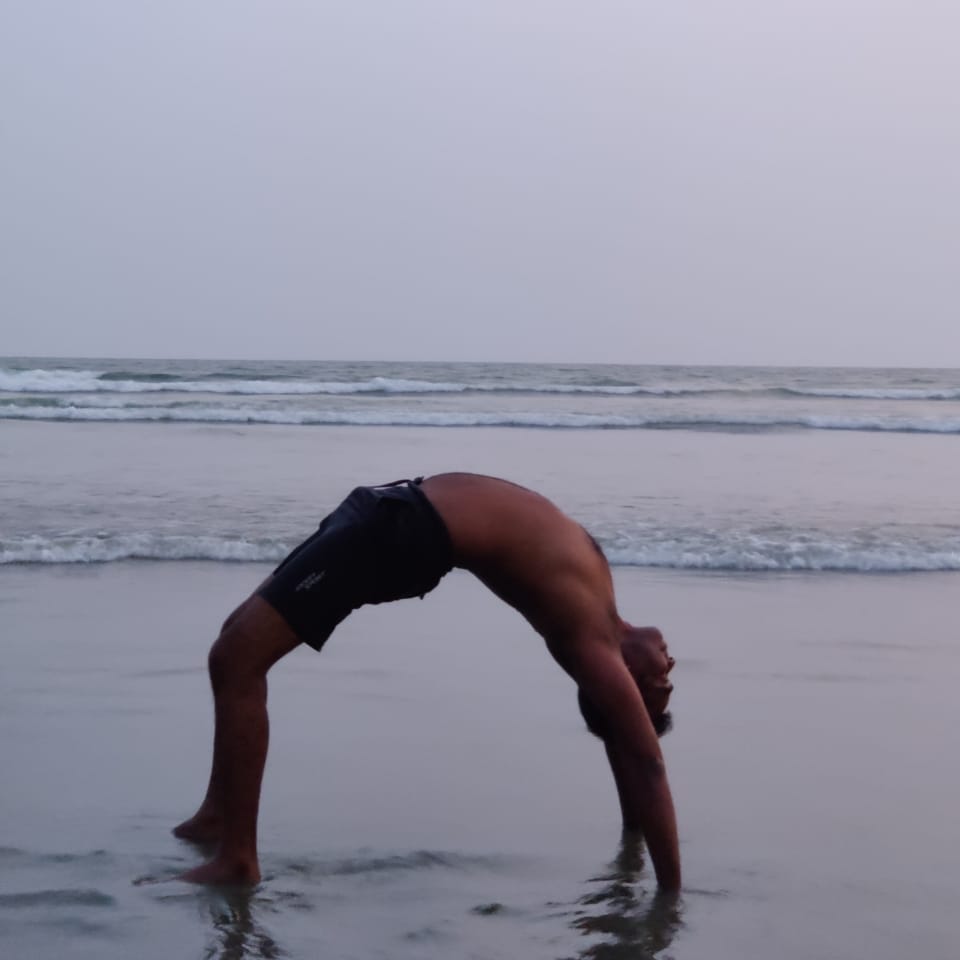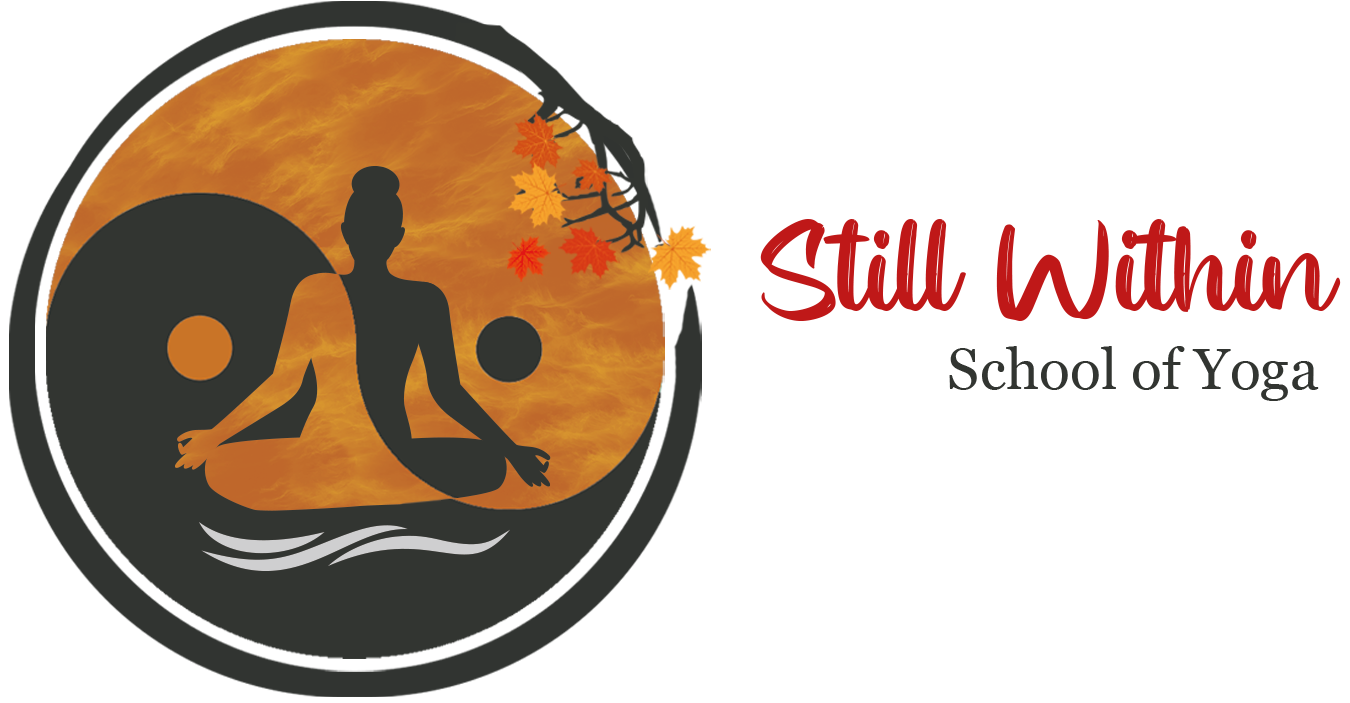
Regeesh Vattakandy
Chief Yogi, Aayana Yoga Academy
Here we present some of the benefits of prenatal yoga, precautions while practicing and what a typical prenatal class entails.
Once you find out you are pregnant, there are a host of restrictions you may face. In addition to the typical issues of lack of time, work stress and work-life balance, you may find that certain exercises and activities that you used to pursue are no longer safe, or that the physiological and emotional changes no longer make these activities appealing.Prenatal yoga, whether practiced in a group class or in a private class offers an effective form of fitness while ensuring the safety of the mother and the baby. The benefits of yoga during pregnancy are well established and documented over the past several decades.
What are some of the main benefits?
- Increases the strength, flexibility and endurance of muscles needed for childbirth
- Improves balance and circulation
- Improves sleep
- Reduces stress and anxiety, develops mental strength
- Decreases lower back pain, nausea, heart burn, headaches and shortness of breath
- Reinforces breathing that is useful at the time of delivery
- Creates a connection with the baby
- Allows time for self-nurturing
- Speeds up post-partum recovery
So…what does a typical prenatal yoga class look like?
Prenatal yoga classes are specially designed, keeping in mind the general needs of the student/s such as number of weeks of gestation, physical fitness prior to pregnancy and hormonal changes. Additionally, any individual needs or restrictions such as high blood pressure, injuries, etc. are borne in mind while planning the classes. Therefore, the classes can range from gentle stretching, breath work and meditation to more rigorous asana practice followed by deep relaxation.
A typical prenatal class at Still Within lasts about 60 minutes and includes gentle warm up, modified sun salutations, modified Asanas with use of props Pranayama, relaxation/ meditation.
Some do’s of prenatal yoga
- Check with your doctor before enrolling
- Inform your instructor of all past and present issues regarding your health and fitness
- Be regular in your practice
- Listen to your body at all times and modify your practice as needed
- Wear non-restrictive, breathable clothes to class
- Eat a light snack about an hour before class and carry water and another snack for after class
- Connect with other students in the class, share experiences and enjoy the things to come!
Founder, Still Within School of Yoga
